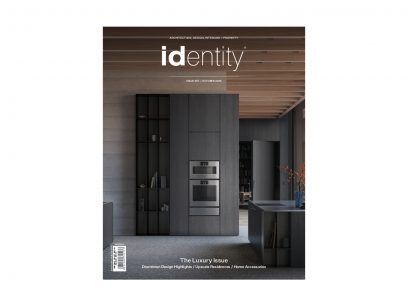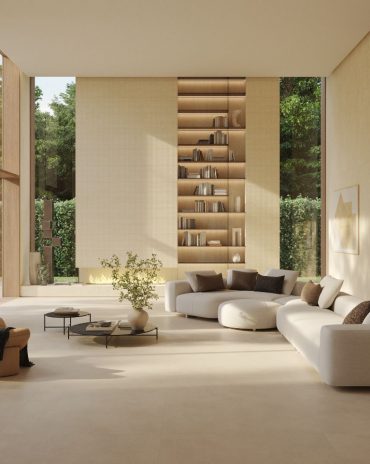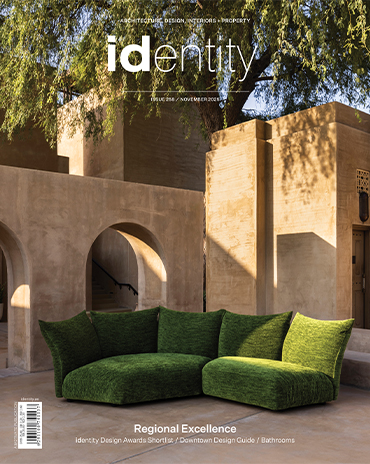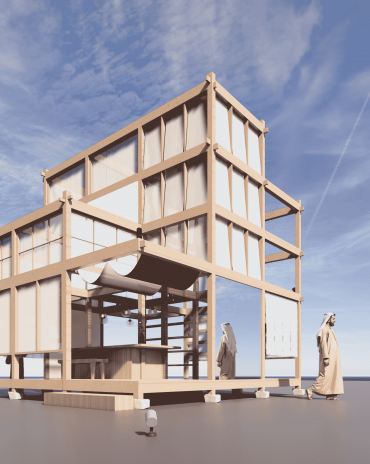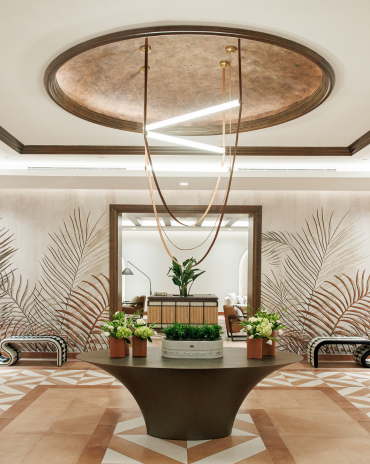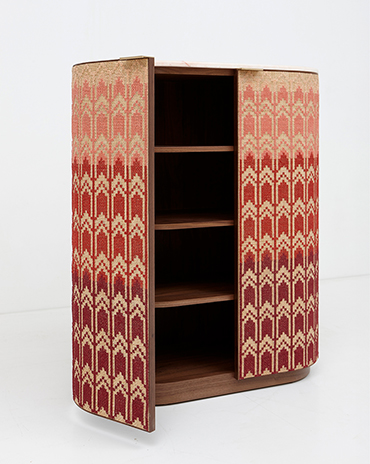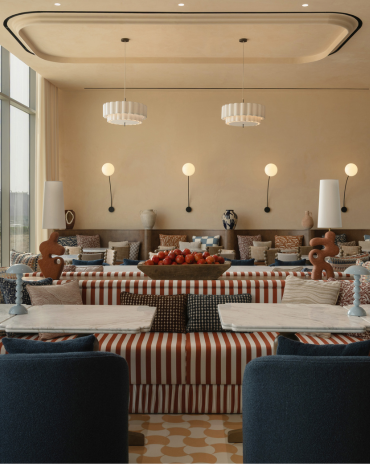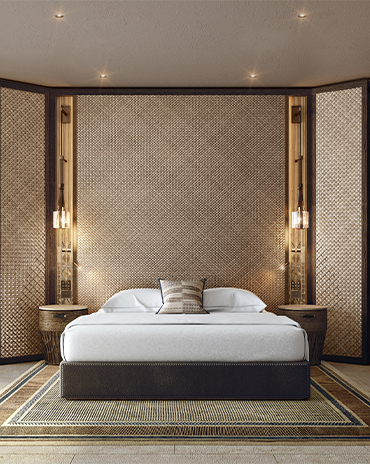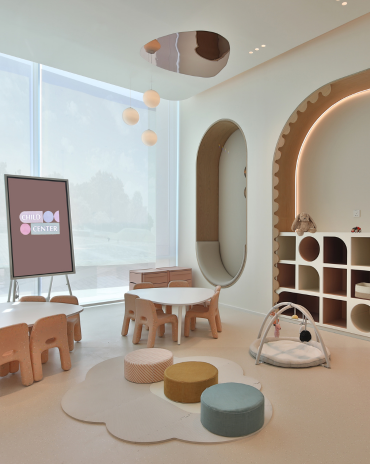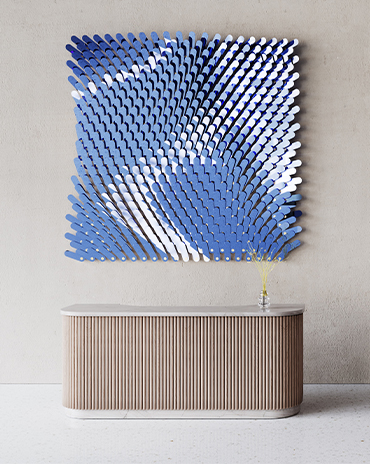Copyright © 2025 Motivate Media Group. All rights reserved.
Carl Gerges to renovate 17th century structures into boutique hotel in Batroun
Batroun Boutique Hotel will preserve traditional building techniques
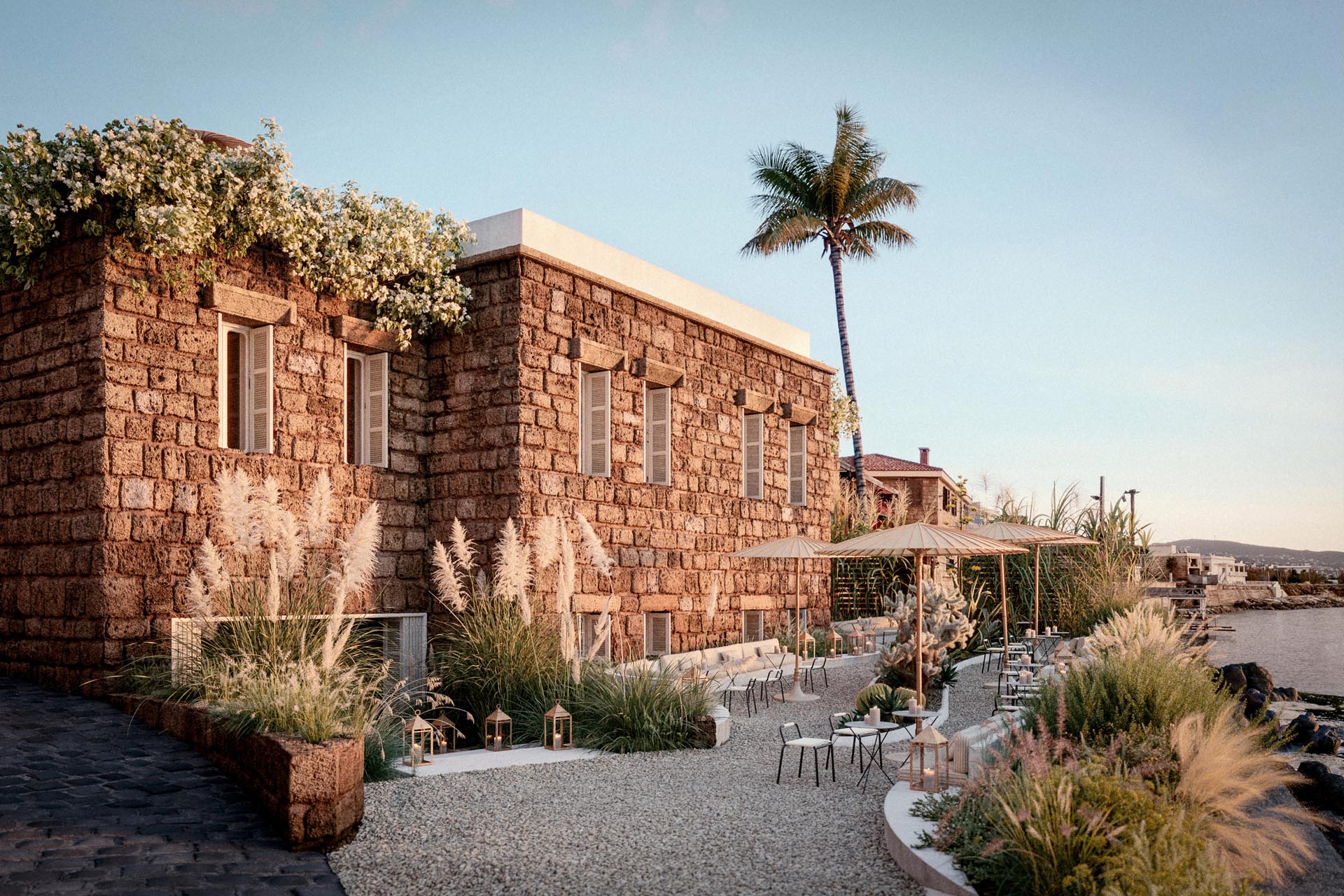
Architect and musician Carl Gerges is slowly making a name for himself for his determined approach to architecture, and his latest endeavour is not unlike his modest yet meaningful collection of projects – which showcases a distinct cultural and environmental sensitivity while preserving the traditional and historic elements of the structures in which he intervenes.
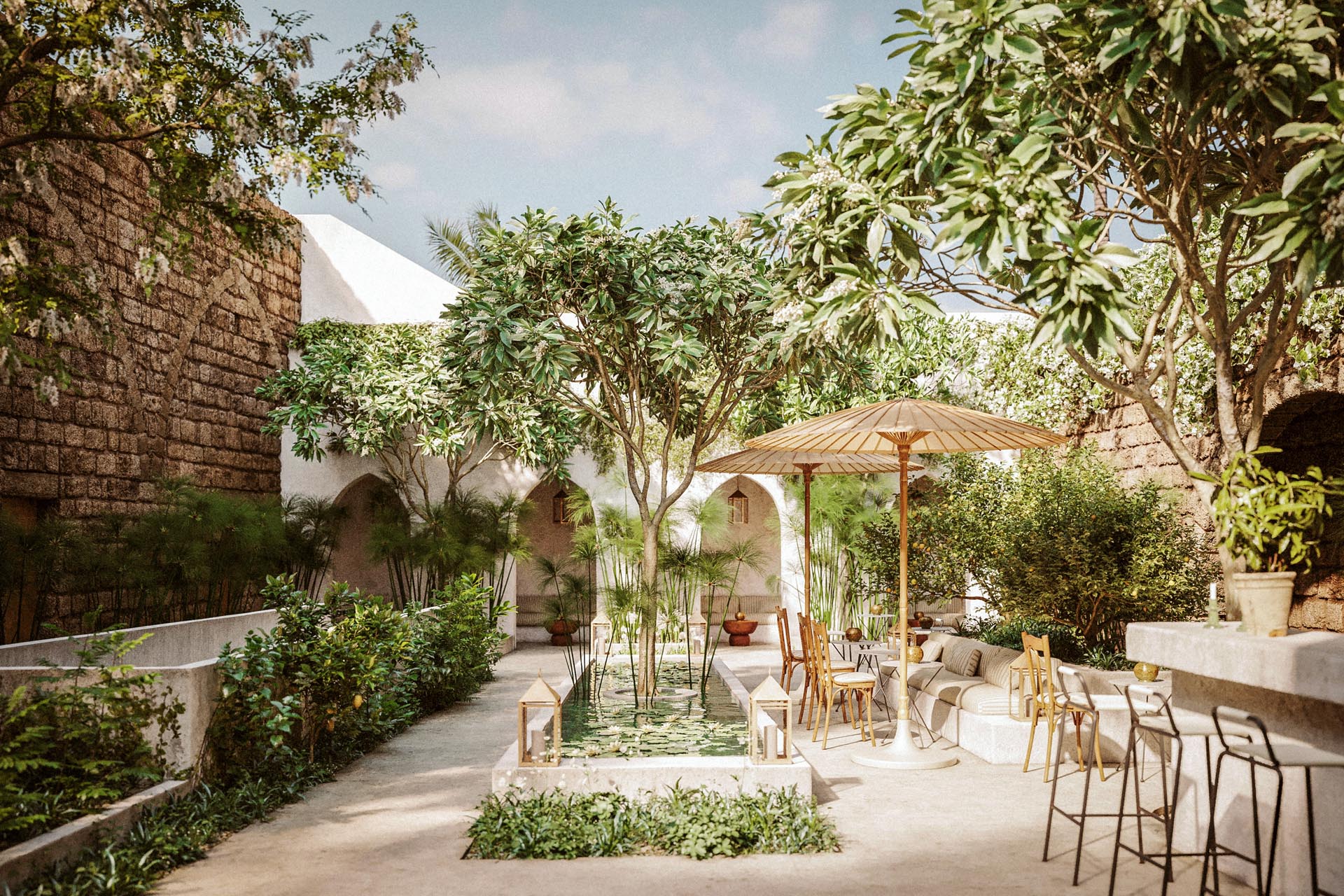
Batroun Boutique Hotel is a destination hotel that’s set on the historical coast of Batroun in the north of Lebanon and will see the renovation of two structures from the 17th century transformed into an idyllic getaway where guests can connect with history and nature.
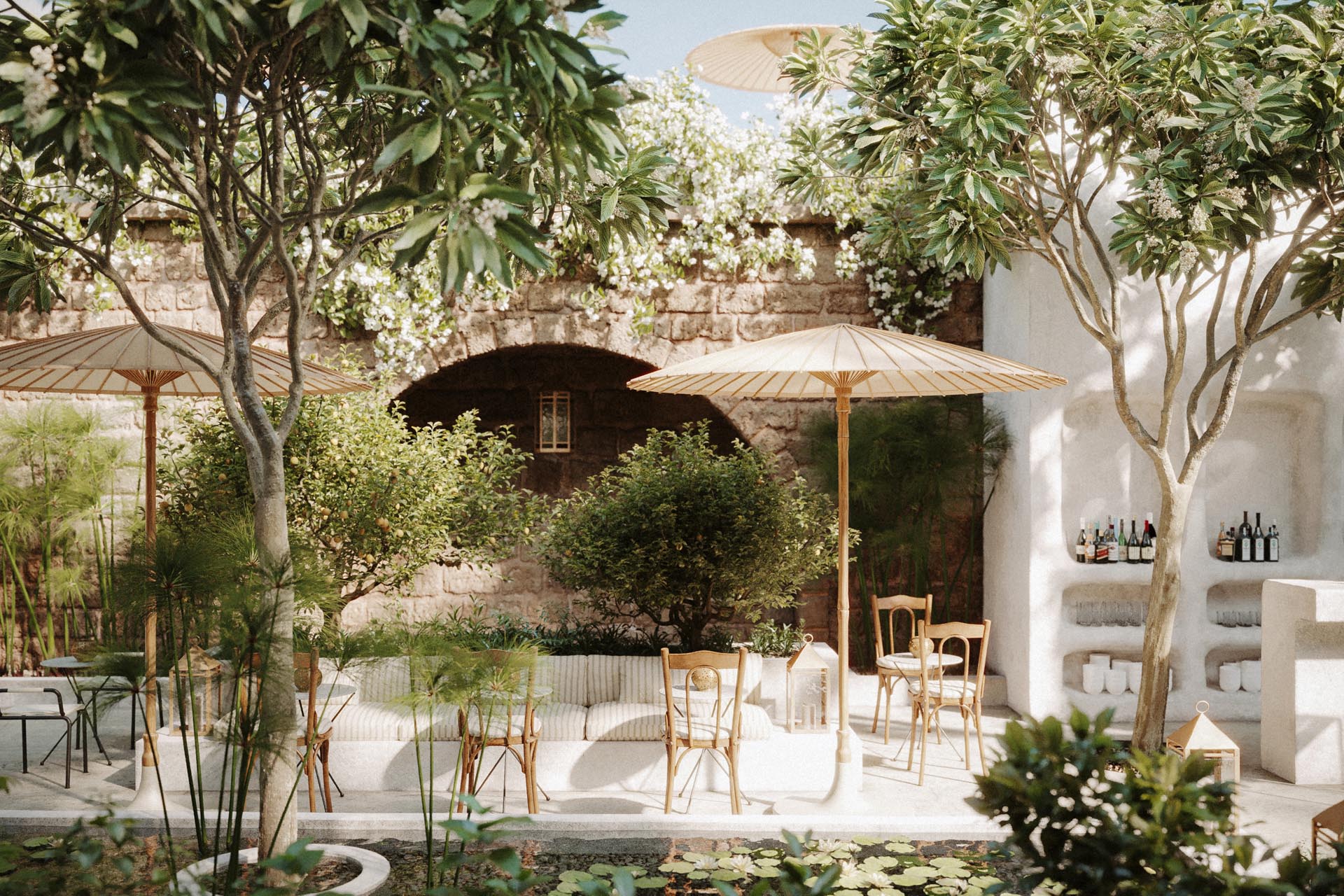
The seaside property features a golden stone structure and a white cement plastered courtyard, authentically restored using the same locally sourced sandstone and artisanal wooden shutters. This allows for privacy amid the populated old town while preserving the cross-vault architecture that is typical of Lebanese houses of the time. Similarly, the understated material palette is informed by local building traditions. The guest rooms are set across two floors featuring sweeping views over the sea and gardens. The spa is also set on the water and offers a variety of sea treatments.

Connecting the separate houses is a white, raw cement extension that creates a focal point for guests staying on either side of the property and provides a meeting point in the form of a leisurely café. The entryway leading into the courtyard introduces guests to a more intimate space, with lancet arches giving way to small private booths.
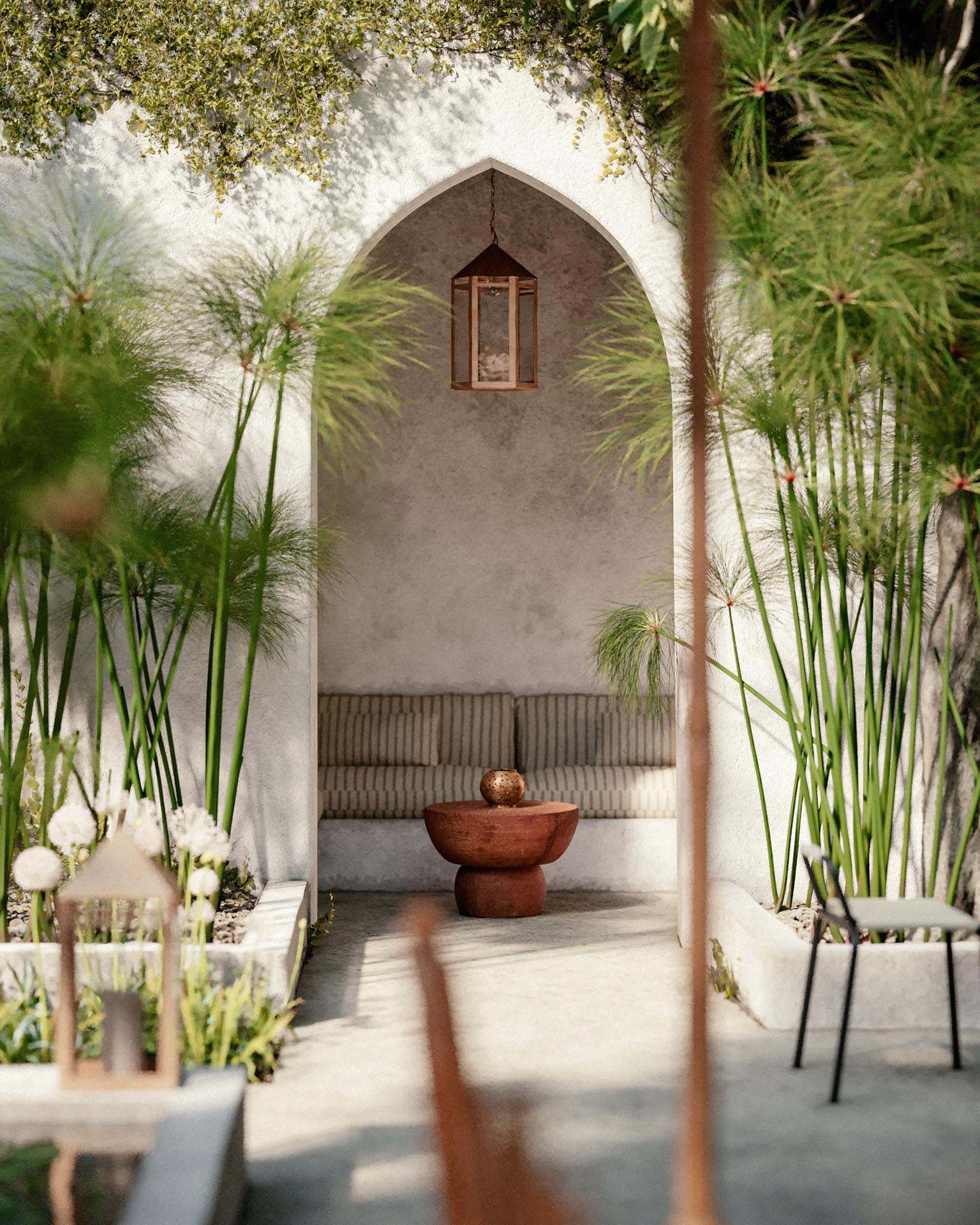
The bar is designed to blend organically with its white-wall surroundings, while a narrow staircase leading up to the rooftop pool allows guests to enjoy unobstructed sea views on one side and the central sanctuary on the other.
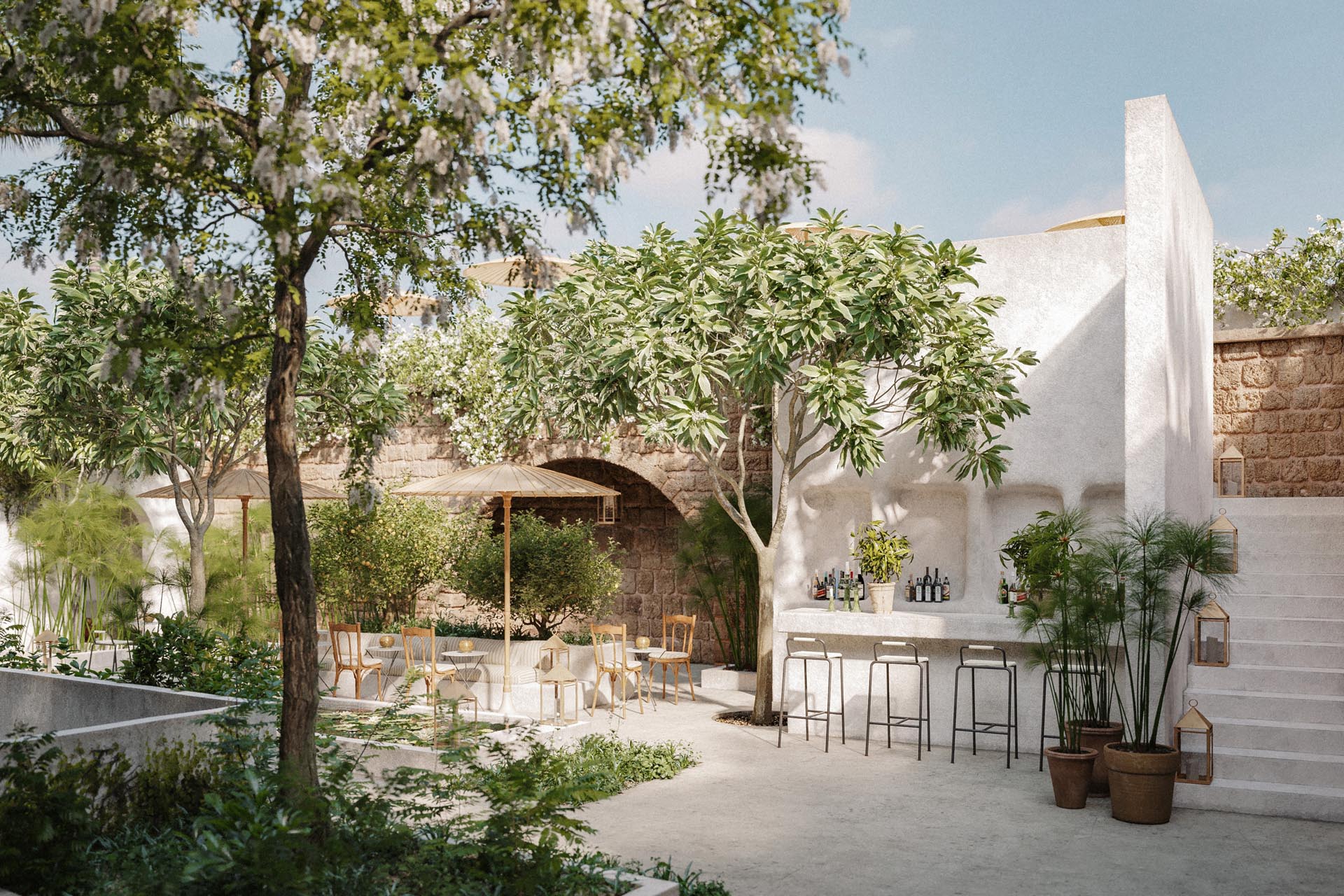
Inspired by botanical drawings that also date back to the 17th century, as well as the fauna and flora typical of the region, the property’s natal language is abundant with lush vegetation such as water lilies in the central pond – which are reminiscent of the Ottoman influence on the Lebanese urban fabric – as well as succulents and pampas grass that absorb and reflect sunlight during the different hours of the day, while the grounded cacti reflect the characteristic of Lebanese coastal villages.
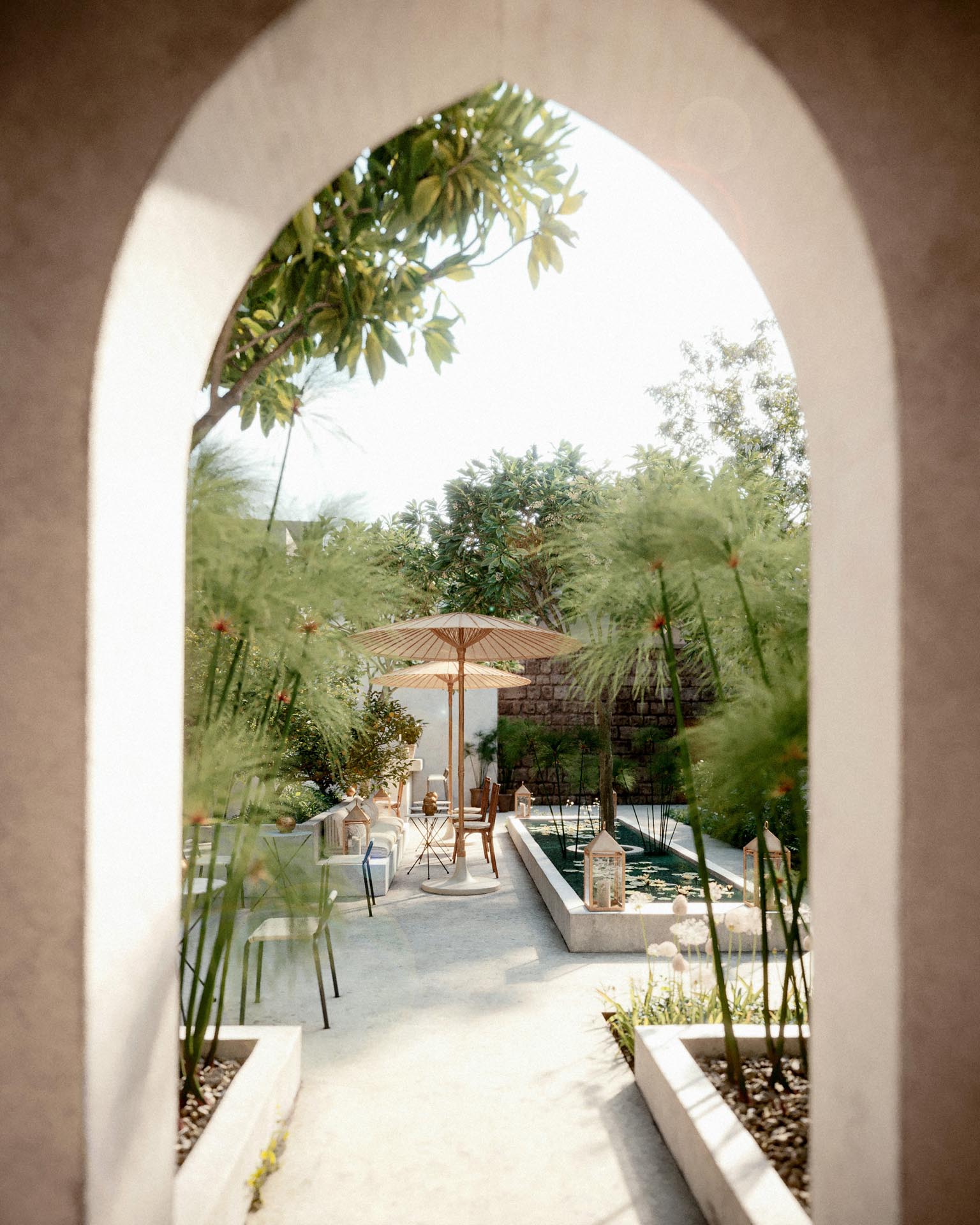

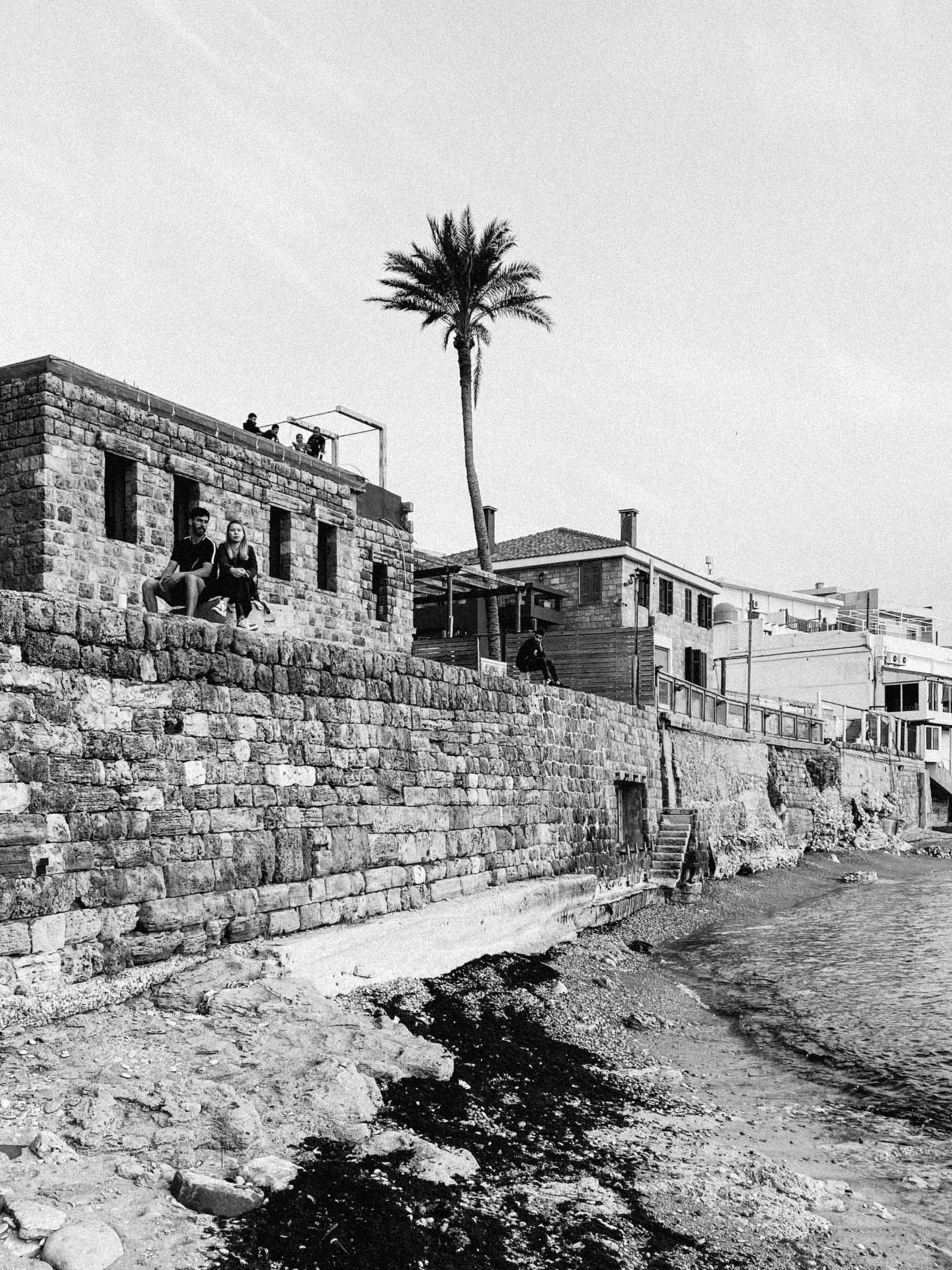
The Latest
The identity Insider’s Guide to Downtown Design 2025
With the fair around the corner, here’s an exciting guide for the debuts and exhibits that you shouldn’t miss
A Striking Entrance
The Oikos Synua door with its backlit onyx finish makes a great impression at this home in Kuwait.
Marvel T – The latest launch by Atlas Concorde
Atlas Concorde launches Marvel T, a new interpretation of travertine in collaboration with HBA.
Read ‘Regional Excellence’ – Note from the editor
Read the magazine on issuu or grab it off newsstands now.
Chatai: Where Tradition Meets Contemporary Calm
Inspired by Japanese tea rooms and street stalls, the space invites pause, dialogue, and cultural reflection in the heart of Dubai Design District
A Floating Vision: Dubai Museum of Art Rises from the Creek
Inspired by the sea and pearls, the Dubai Museum of Art becomes a floating ode to the city’s heritage and its boundless artistic ambition.
Heritage Reimagined
Designlab Experience turns iconic spaces into living narratives of Emirati culture, luxury, and craftsmanship.
Nakhla by Nada Debs
Nakhla symbolises resilience, prosperity and a deep connection to the land
Wave: The New Mediterranean Haven in Dubai
IDST’s design invites exploration with a thoughtful blend of artisanal craftsmanship and contemporary style.
The Chedi Wadi Safar
Bjarke Ingels Group (BIG) and KCA International are collaborating to launch this new hotel
A New Era of Early Learning
Roar crafts the PIF Daycare Centre in Riyadh with a calming, sensory-rich environment where design, nature and childhood development come together.
When Art Meets Light
Brush and Switch by Sans Souci bend light in unexpected ways




